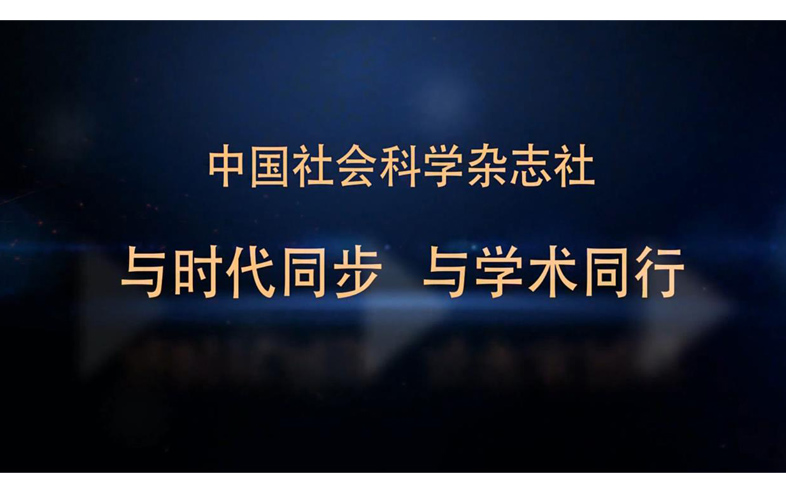Liu Xiaofeng a and Komine Kazuaki b
a Department of History, Tsinghua University
b Rikkyo University; Renmin University of China
Abstract:Historically, Chinese characters were used throughout the East Asian region, giving rise to a common cultural sphere. Since early modern times, the written languages of East Asia have developed in a diversity of ways, shaped by nation, geography and culture, among other factors. Strengthening research on the long-term history of East Asian cultural development is thus very necessary. Komine Kazuaki has long been engaged in the study of medieval Japanese literature. Over the past two decades, he has projected a holistic academic approach to the study of culture in East Asia, conducting comparative research on the classical East Asian cultures. This paper takes a methodological approach to the discussion of the subjects,methods, techniques and goals of such research. In the study of East Asian cultural exchange,comparison enables us to undertake holistic investigations; it is not simply a tactic for unilateral studies. The study of texts and of images can be mutually enhancing; for example,the Japanese emaki is a medium that mixes literature and painting. Methods of researching environmental literature provide new insights for re-interpreting classical and modern literary works. Lastly, we need to examine the value of classical East Asian literature from the standpoint of East Asia as a whole; this is an urgently needed direction in contemporary research in this field.
Keywords: East Asian studies, comparative cultural research, emaki, environmental literature, Konjaku Monogatarishū



